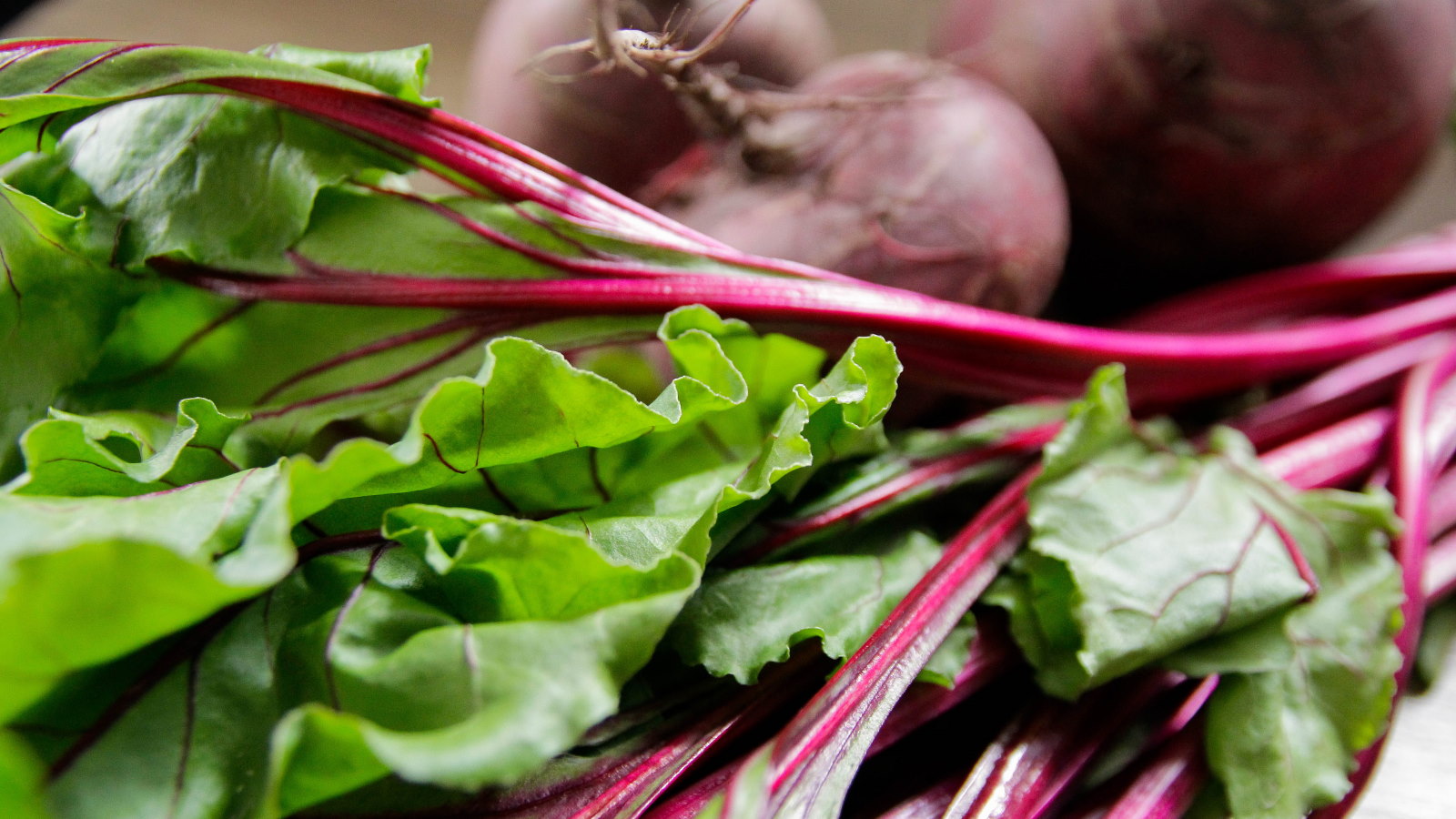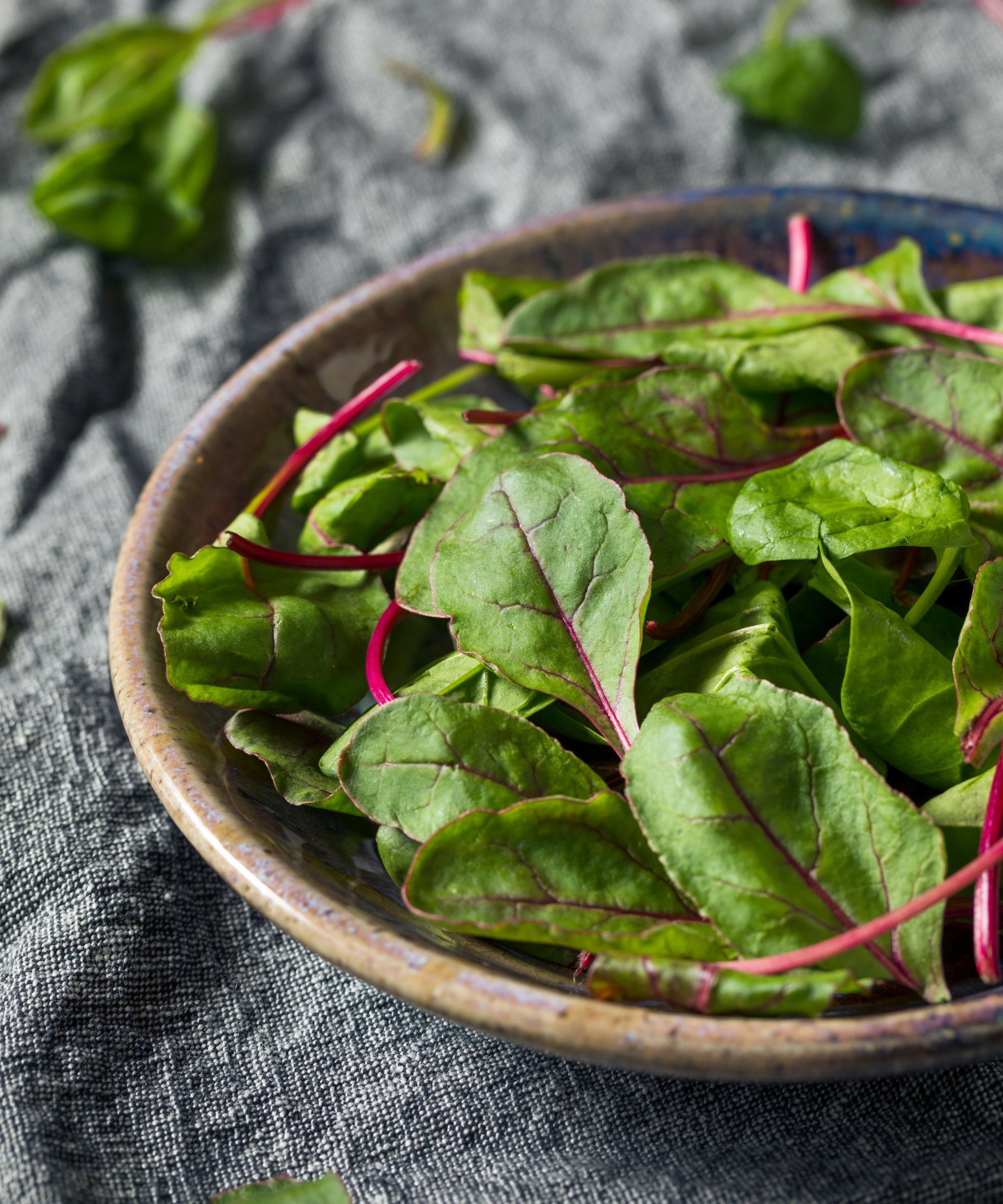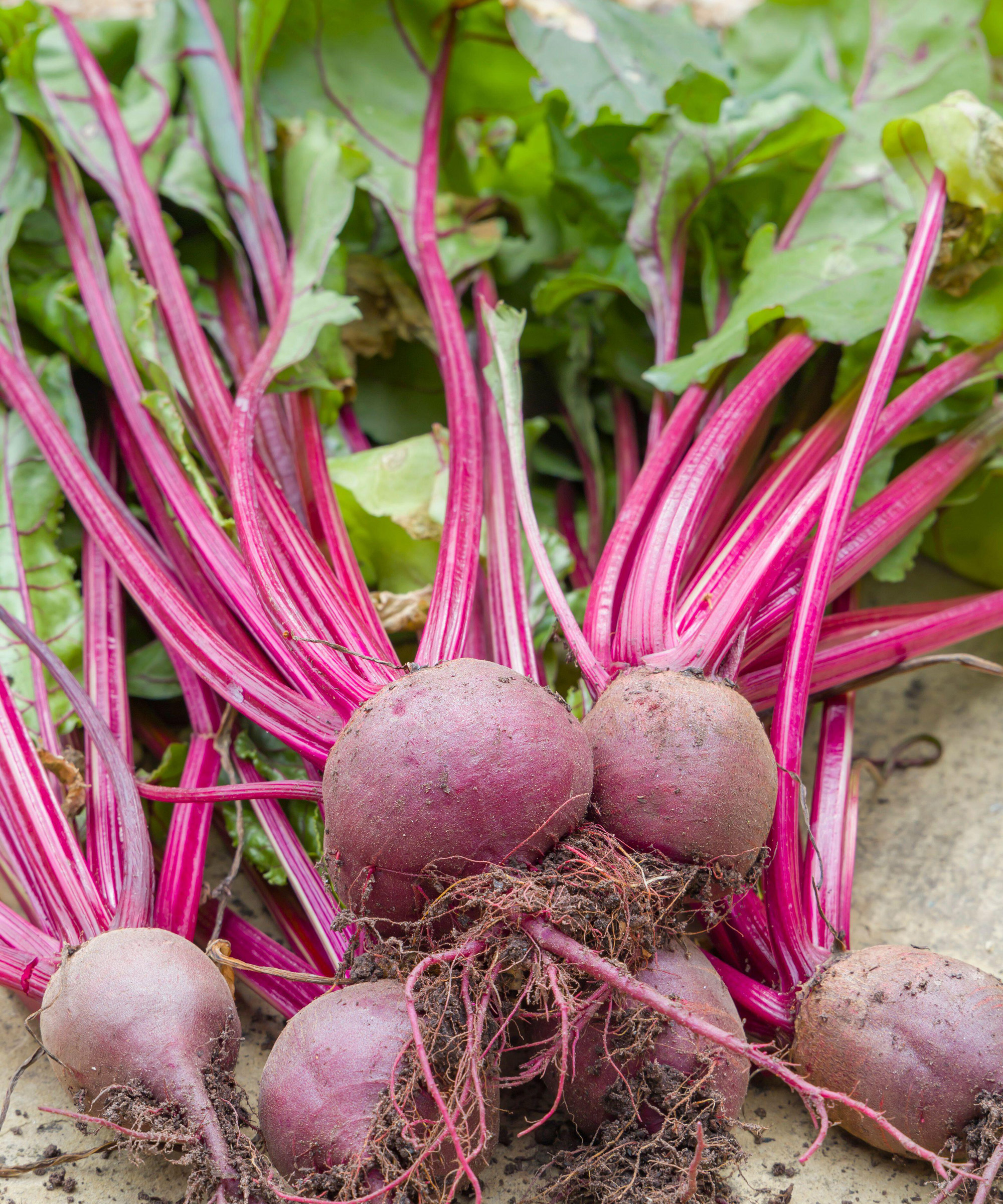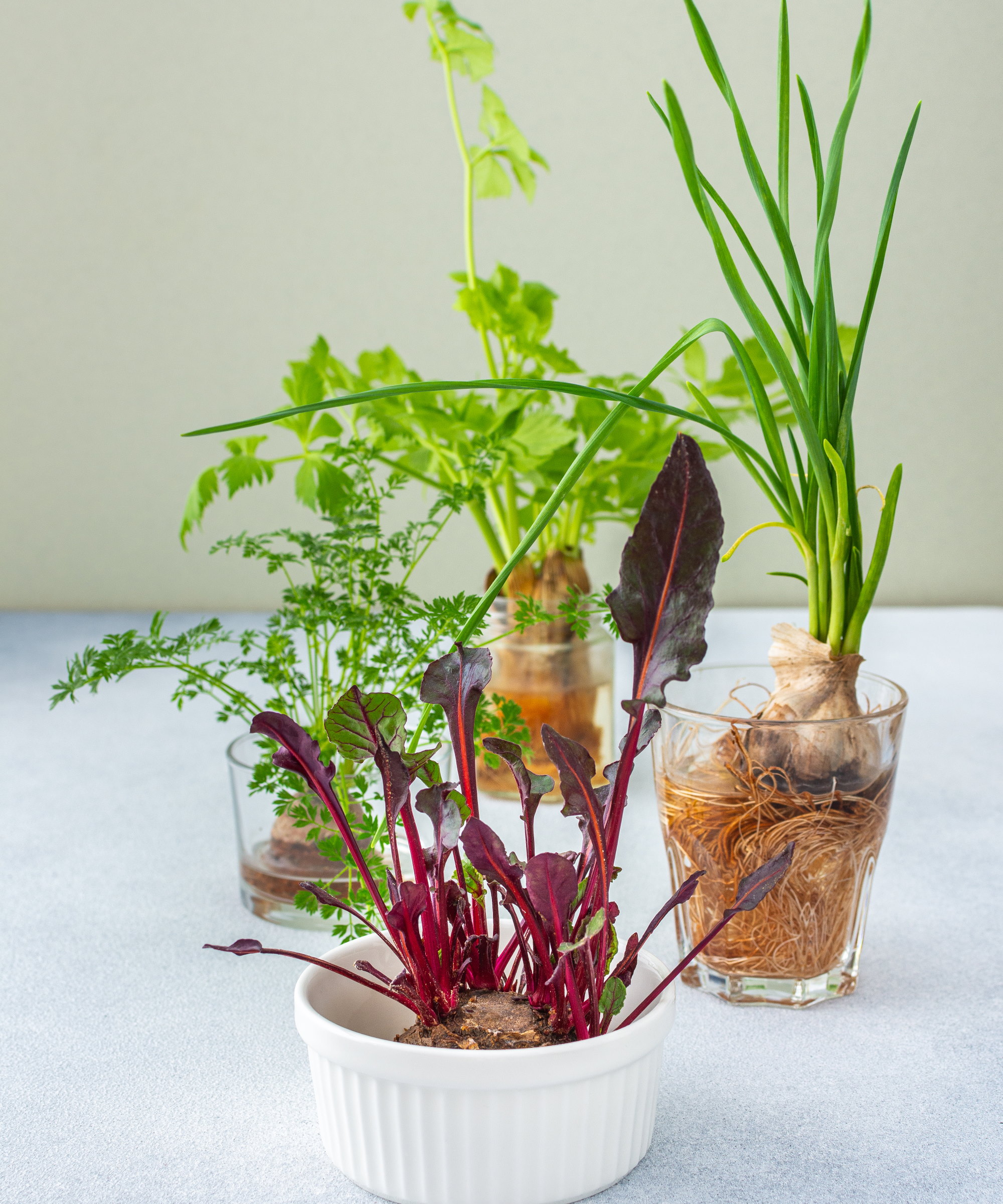How to regrow beets – don’t throw the scraps, get a tasty second harvest instead
Why chuck the leftovers in the trash when you can regrow beets for a quick crop of nutritious leafy greens?


Roast them, pickle them, put them in a salad, and even use them in cakes, the truth is that beets are very versatile vegetables to grow. There is also the opportunity to regrow beets from scraps to provide a second harvest and get another use out of parts of the vegetable often thrown in the trash.
Not many people may think about regrowing beets, but it is a quick and simple way to reuse vegetable scraps and get a crop of delicious and nutritious beet greens that can be cooked in dishes or added raw to salads.
If you want to learn more about how to regrow beets, we are here to help. We look closely at growing beets from scraps and reveal how you can get a great harvest of beet greens in a few simple steps.

Regrow beets from scraps for a tasty harvest of greens
How to regrow beets from scraps
Knowing how to grow beets from scraps means you can do a fun gardening experiment with young children. It gets them interested in sustainable gardening and the reward is a tasty harvest. We hear from an experienced horticulturist why you should try to regrow beets and see how easy it can be to do at home.
Can you regrow beets?

It is best to use organic crops to regrow beets
Regrowing beets from scraps is an easy and enjoyable sustainable gardening project. It will not, however, grow another beet to harvest. Beets are grown for their tap roots and the root will not regrow once cut off. Instead of another beet, you get a harvest of beet greens to enjoy - more commonly known as the tops off the plant.
‘The tops are edible and taste just as good as the beet root,’ says Amy Enfield, senior horticulturist at ScottsMiracle-Gro. ‘This easy kitchen scrap project not only helps reduce waste but also lets you enjoy nutrient-rich beet greens with minimal effort.’
Beet greens match the color of the root - red for common red beets or yellow for yellow varieties - and have a mild and earthy flavor. They can be eaten raw or cooked and are high in vitamins, including vitamins A and C.
It is the same when regrowing all root vegetables, such as when growing carrots from carrot tops or growing turnips from scraps. You do not get another root, but a harvest of greens to enjoy.

Amy has over 25 years of experience in the garden industry and has been with ScottsMiracle-Gro for 12 years. She has a BS and MS in Horticulture from Michigan State University and a PhD in Plant and Environmental Sciences from Clemson University.
How to grow beets from scraps in 5 easy steps

Beets are just one of many vegetables you can regrow from scraps
You can regrow beets harvested from the kitchen garden or organic beets bought from the farmers market, the only prerequisite is that they have the tops still attached. Growing beets from beets bought at the grocery store is best avoided as you cannot guarantee they have not been treated with chemicals or pesticides.
To regrow beets from scraps all you need are a few common household items and a bright windowsill:
- Cut the top off your beet and leave a half-inch to an inch of root from where the new roots will develop. Also cut the existing beet tops, as Amy Enfield explains: ‘Until your beet top forms new roots, it won’t be able to support a lot of leaf growth, so use a pair of scissors or pruners to trim the leaves back to about an inch tall.’ Always use a clean and sharp pair of pruning shears or scissors, such as these micro-tip pruning snips available at Walmart.
- Place the cut beet top in a shallow dish of water. Amy recommends ‘add just enough water so that the base is covered’ but the leaves should not be submerged, as this can cause rot. The cut side of the beet wants to be facing downward
- Put the container in a warm and sunny spot, but out of direct sunlight and change the water in the container every 2-3 days to keep it fresh and clean
- ‘After about a week, you should start to see new green leaves sprouting from the top,’ advises Amy. ‘Around the same time or shortly after, hair-like roots will start to emerge from the remaining bit of root.’ When the beet has developed shoots and roots, it can either be left in water until it is time to harvest or plant it in soil. The beet top can be put in a container filled with a good potting mix, such as this moisture control potting mix at Walmart, or directly into the vegetable garden.
- ‘You can start to harvest your beet greens as soon as they reach a desirable size (about 2-3 inches tall),’ says Amy. ‘Beet greens are most tender when they are harvested young. Be sure to leave a few leaves behind to continue growing.’
Beet greens can be eaten raw and added to salads or braised, sautéed, and added to stir-fries and casseroles. Beet greens are best used fresh and can only be kept in a refrigerator for a few days after cutting them.
While regrowing root vegetables from scratch provides a crop of greens rather than growing new roots, other vegetables can be sprouted for more similar results to the original. For example, when you grow lettuce from scraps you get smaller versions of the leaves, while growing celery from a stalk gets you new crunchy stems to pick. The methods for regrowing lettuce and celery are very similar to regrowing beets from scraps.
Sign up to the Homes & Gardens newsletter
Design expertise in your inbox – from inspiring decorating ideas and beautiful celebrity homes to practical gardening advice and shopping round-ups.

Drew’s passion for gardening started with growing vegetables and salad in raised beds in a small urban terrace garden. He has worked as a professional gardener in historic gardens and specialises in growing vegetables, fruit, herbs, and cut flowers as a kitchen gardener. That passion for growing extends to being an allotmenteer, garden blogger, and producing how-to gardening guides for websites. Drew was shortlisted for the New Talent of the Year award at the 2023 Garden Media Guild Awards.
-
 Ina Garten's storage pantry is an insightful window into all of the best cookware used by the chef – and it's easy to recreate on your kitchen shelves from $48
Ina Garten's storage pantry is an insightful window into all of the best cookware used by the chef – and it's easy to recreate on your kitchen shelves from $48The beautiful dishware in The Barefoot Contessa's Hamptons pantry showcases the tools she uses most often to cook – this is exactly how you replicate it
By Sophie Edwards Published
-
 Extend the lifespan of your appliance with 5 simple but crucial washing machine maintenance tips
Extend the lifespan of your appliance with 5 simple but crucial washing machine maintenance tipsFrom cleaning the filters to keeping the door open, experts reveal the washer tips they swear by
By Andy van Terheyden Published